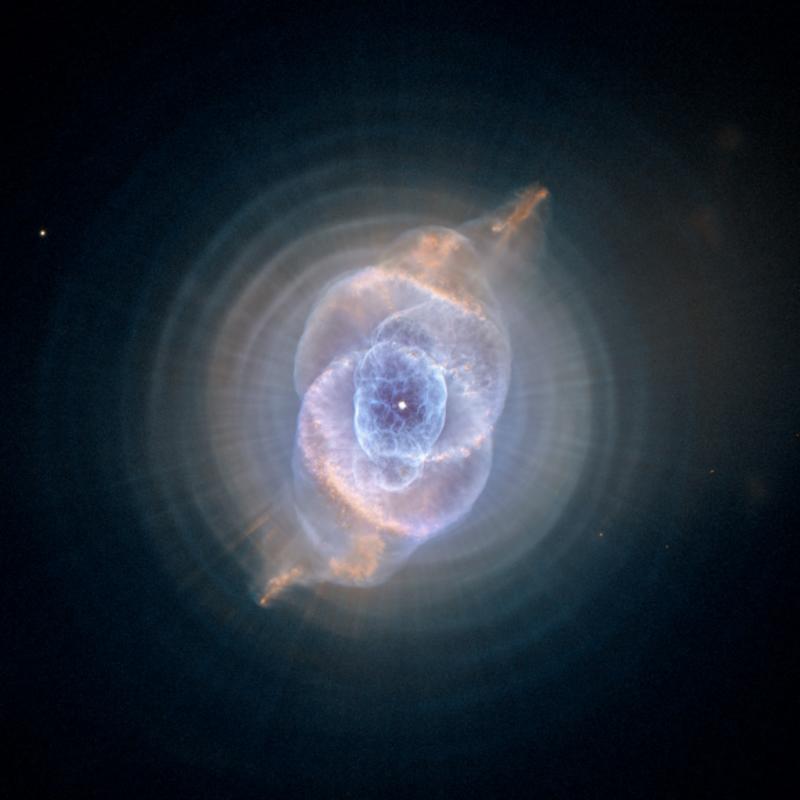The Final Sols of the Phoenix Lander
By Evan FinnesAfter two mission extensions, the Phoenix Lander has been on the Martian surface for five months. But with an approaching winter, the Lander is already beginning to lose power, as it must now sit in five hours of freezing darkness each day. The rover will slowly lose power until the end of October when it will no longer be able to use its robotic arm. Even though its days are numbered the Phoenix Lander is still making discoveries.
For the first time in Martian history, Phoenix observed Martian snowfall. The snow observed at an altitude of about 4km above the Lander, and it appears to have vaporized before reaching the surface. The Lander has also discovered several minerals that, on Earth, would typically form in the presence of water.
Potentially, the most exciting mineral discovered is Calcium Carbonate, (CaCO3). Calcium Carbonate is the main component of chalk, which forms in deep marine conditions from the gradual accumulation of calcite plates called coccoliths, which are shed from microorganisms called cocolithosphores. The discovery was made by the combined data of two instruments onboard the Phoenix Lander. The Thermal and Evolved Gas Analyzer,(TEGA), discovered that Carbon Dioxide was released from soil samples when exposed to high temperatures. The temperature at which the CO2 was released is a temperature which is known to breakdown CaCO3 into CO2. The Microscopy, Electrochemistry and Conductivity Analyzer, (MECA), found concentration of (Ca) in the soil; this confirms the presence of CaCO3 in the soil. The presence of Calcium Carbonate does not immediately imply that chalk or microorganisms have been discovered, future tests will have to be done to determine if the CaCO3 was formed due to ancient marine life.
Both MECA and TEGA discovered have smooth-faced layered particles which resemble clay. Clay minerals have a crystal structure which allows them to store water between Silicon and Oxygen Bonds. These bonds are relatively weak, this allows the bonds to expand and contrast depending on the water content of the environment they are in. These weak bonds also break easily along the bonding planes which give them the smooth and layered surfaces which were observed by the Lander.
Currently, Phoenix is beginning to analyze the soil found in a region called “Galloping Hessian”. This area is being explored because of its high concentration of salts. On Earth Salts are also commonly found in dried up sea beds. As the darkness and the cold settles in over the Lander its days of discovery are nearing an end. Because of the extreme conditions of the Martian winter, which loom in the Landers very near future, scientists do not think that they will be able to resurrect it when spring finally returns.
